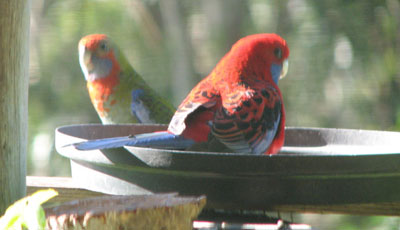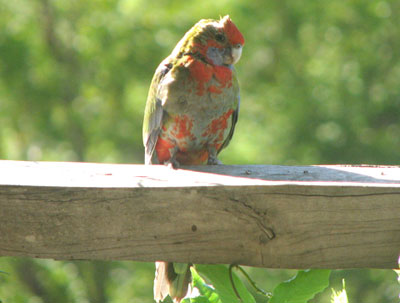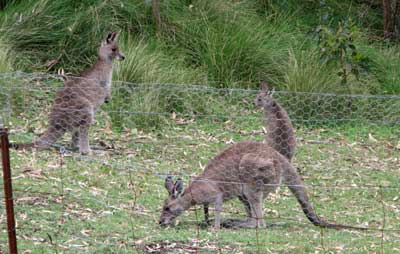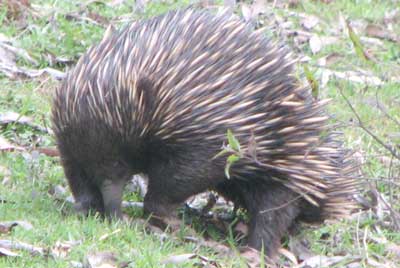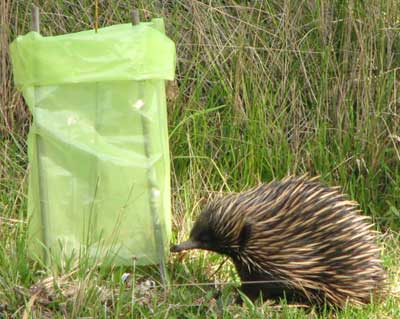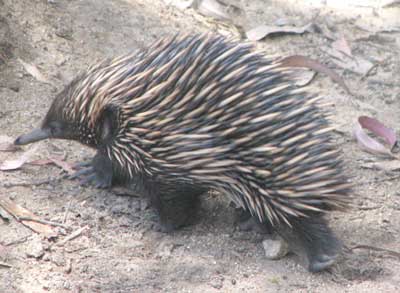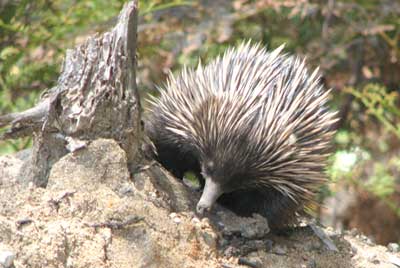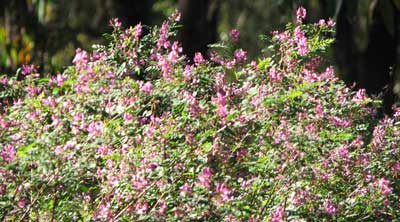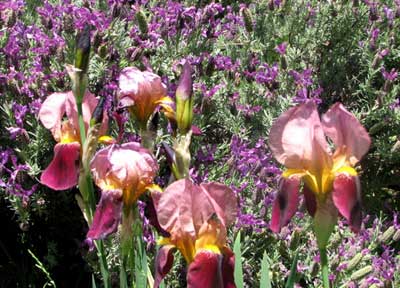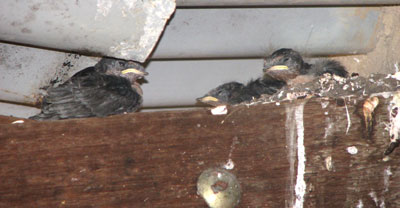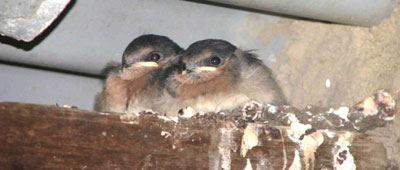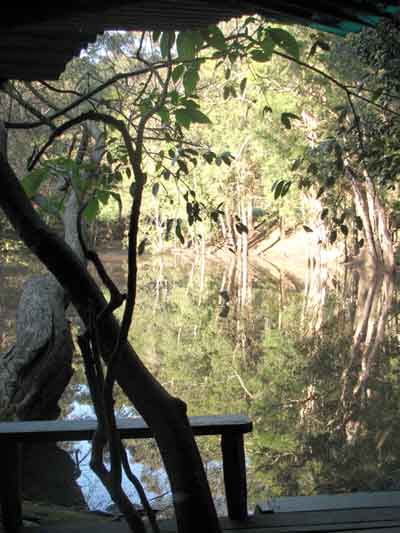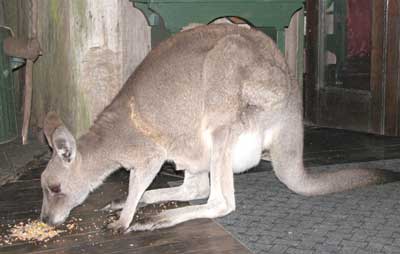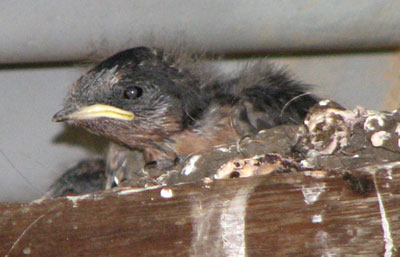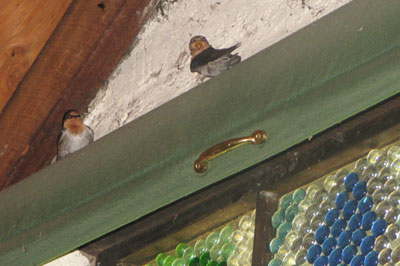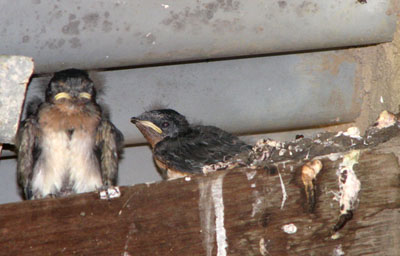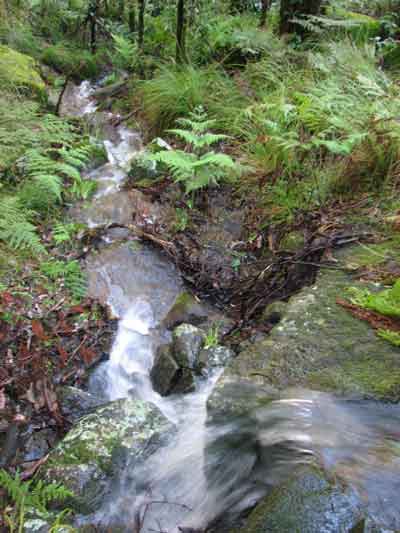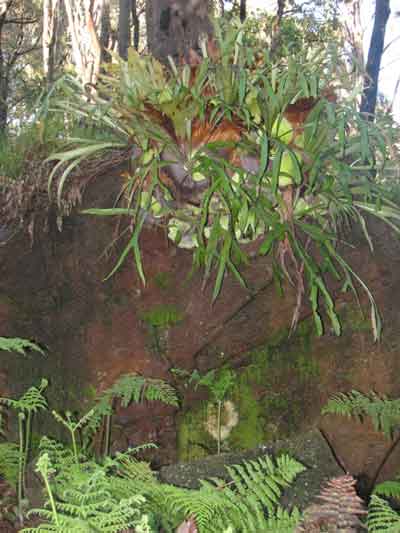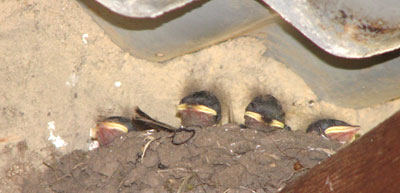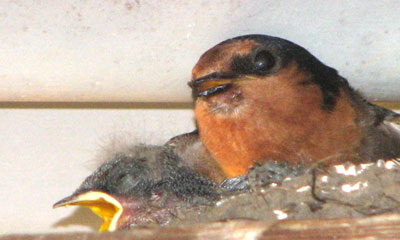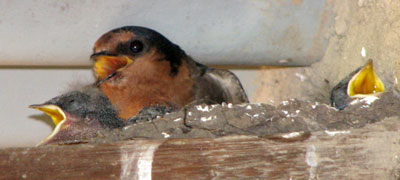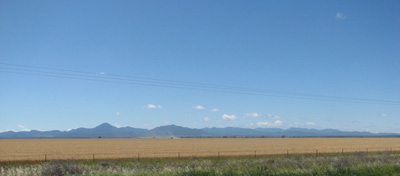
I know plains are flat country but I had no concept of just how flat they can be. Out on the Liverpool Plains of NSW, as you drive up the straight flat Newell Highway you pass straight flat ‘fields’ kilometres wide.
On one side you can see where they end, as the wheat fields run smack up against the Mt Kaputar National Park.

On the other side, the rows of sorghum or wheat or stubble of one of their many other food crops stretch to the horizon and beyond.
Anything vertical, trees or wheat silos, float in fake lakes, dissolve in a wavering mirage that defies a finite end to this flat, flat earth.
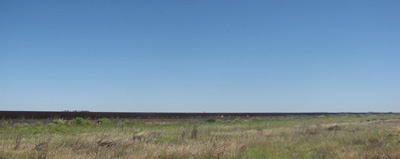
As you can imagine, irrigation and drainage levels are worked out precisely.
Longwall mining for coal takes out a huge chunk 3m high for a long distance underground; subsidence invariably follows.
Boring through layers breaches aquifers, can cause the mixing of pure water with saline or acidic.
If food production is important, and until we can eat coal, only a madman would think of mining under these incredibly flat Plains.
Yet the NSW government accepted $100 million from BHP for the rights to explore at Caroona on these very Plains.
They haven’t done it yet, because the farmers have been blockading their entry for over three months.
Check out their extraordinary stand on the Caroona Coal Action Group site
